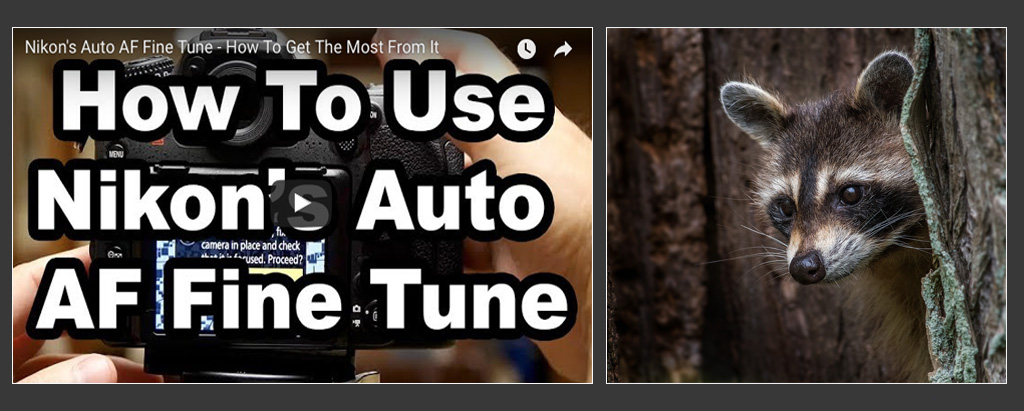May 21, 2019 The Leica Q2 is an impressively capable fixed-lens, full-frame camera with a 47MP sensor and a sharp, stabilized 28mm F1.7 Summilux lens. It's styled like a traditional Leica M rangefinder and brings a host of updates to the hugely popular original Leica Q (Typ 116) that was launched in 2015.

Here’s a 12-minute video in which photographer Steve Perry shows how to use the relatively new “Auto AF Fine Tune” feature from Nikon.
If your camera is back or forward focusing, then it’s likely you need to fine tune the autofocus. Often this would involve buying a commercial kit, or doing a bit of guess work, and in more extreme cases even sending your DSLR back to Nikon itself.
Nikon D850 Auto Af Fine Tune Failed Update
However, that is set to change with the Auto AF Fine Tune feature that is present on cameras like the Nikon D5, D500, D7500, and most likely any future mid-to-pro level cameras. (Here’s looking at you, D850.)
“The typical way Auto AF Fine Tune is performed by most users leaves a LOT of room for errors, inconsistency, and can even make things worse,” Perry tells PetaPixel. “In this video, I outline what AF Fine Tune is, proper setup, and a technique that gets me VERY similar results to what I see with commercial products.”
By using a target that is full of information for the autofocus system to lock onto, as well as ensuring it is properly lit, you can properly fine tune your camera’s focus for different lenses.
Nikon D850 Auto Af Fine Tune Failed Video
Unfortunately, you can only set a single fine tune preference for each lens. So for zoom lenses that have a varying AF compensation value across their range, you’ll need to compromise and go for a mid-point.
Check out the full video above to learn how you can utilize this feature and properly calibrate your camera and lenses.